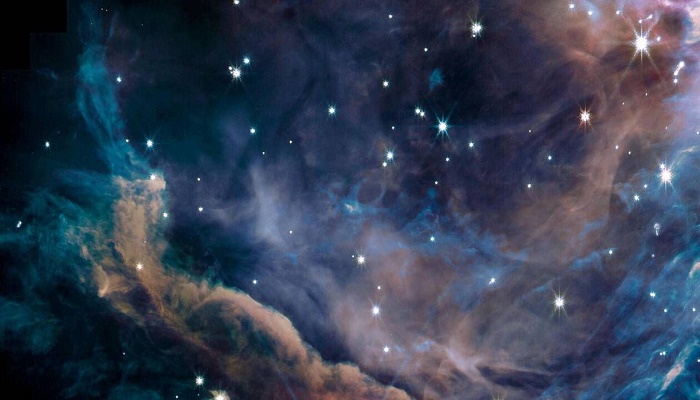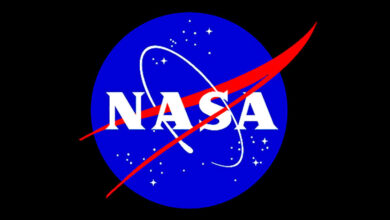Images of the Orion Nebula taken by the Webb telescope are “breathtaking.”

The first pictures of the Orion Nebula taken with the Webb telescope were shown by a group of researchers.
WASHINGTON (AFP) — As it flies through cosmic filaments, the wall of dense gas and dust resembles a massive winged creature, with a bright star lighting its glowing mouth.
Monday, an international research team showed the first pictures of the Orion Nebula taken by the James Webb Space Telescope. Astronomers were “blown away” by the pictures.
The stellar nursery is in the constellation Orion, which is 1,350 light-years from Earth. It is in a similar place to where our solar system was born over 4.5 billion years ago.
Related: Saboor and Ali lovely honeymoon photos go viral
Astronomers are interested in the area because it can help them learn more about what happened on Earth during its first million years.
As part of the Early Release Science Programme, which included more than 100 scientists from 18 countries, including the French National Centre for Scientific Research (CNRS), Western University in Canada, and the University of Michigan, the pictures were taken.
Els Peeters, an astrophysicist at Western University, said in a statement, “We are blown away by the beautiful pictures of the Orion Nebula.”
“These new observations help us learn more about how big stars change the cloud of gas and dust where they are born,” she said.
Nebulas are hard to see because there is a lot of dust in the way. Visible-light telescopes, like the Hubble Space Telescope, which Webb replaced, couldn’t see them.
Webb, on the other hand, works mostly in the infrared spectrum, which can see through dust.
This showed many amazing structures as small as 40 astronomical units, which is about the size of our solar system.
These include dense filaments of matter, which could give birth to new generations of stars, and the formation of stellar systems with a proto-star in the middle and a disc of dust and gas around it, where planets form.
“We hope to learn more about the whole process of how stars are born,” said Edwin Bergin, chair of astronomy at the University of Michigan and a member of the international research team.
“In this picture, we’re looking at a cycle in which the first generation of stars is irradiating the material for the next generation. The amazing structures we see will show how the feedback cycle of star birth happens in our galaxy and beyond.”
Related: Vicky Kaushal surprises fans with a whimsical Instagram image that promises a new project.
Webb is the most powerful space telescope ever made. It has a primary mirror that measures 6.5 metres (more than 21 feet) and is made up of 18 hexagonal, gold-coated pieces. It also has a sunshield that is the size of a tennis court and has five layers.





